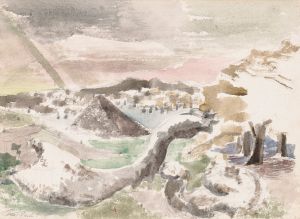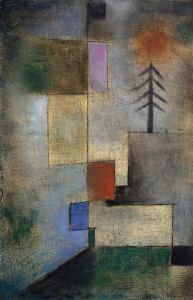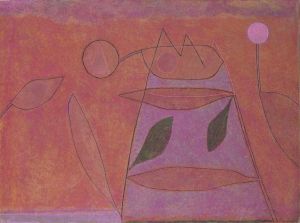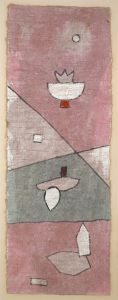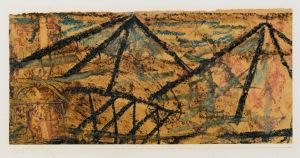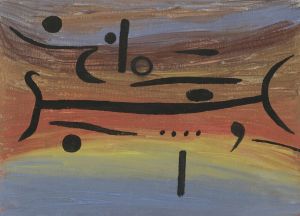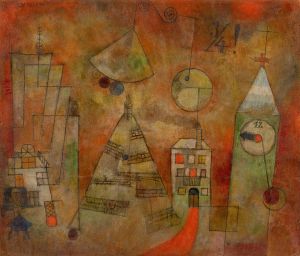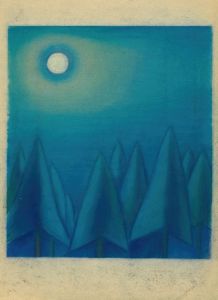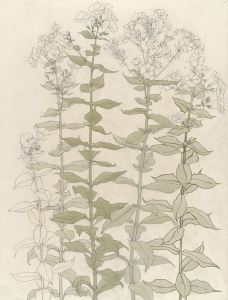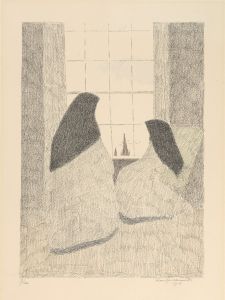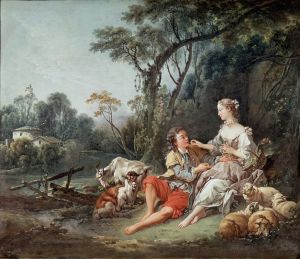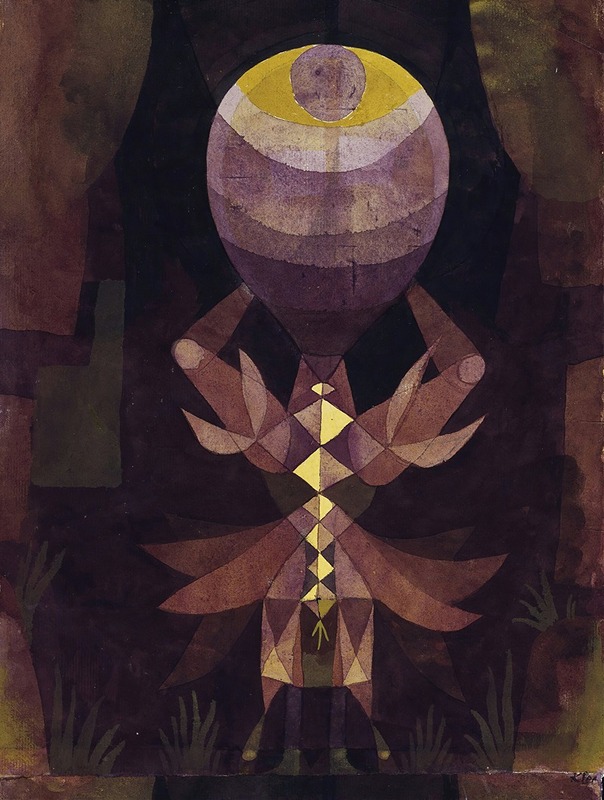
Waldbeere
A hand-painted replica of Paul Klee’s masterpiece Waldbeere, meticulously crafted by professional artists to capture the true essence of the original. Each piece is created with museum-quality canvas and rare mineral pigments, carefully painted by experienced artists with delicate brushstrokes and rich, layered colors to perfectly recreate the texture of the original artwork. Unlike machine-printed reproductions, this hand-painted version brings the painting to life, infused with the artist’s emotions and skill in every stroke. Whether for personal collection or home decoration, it instantly elevates the artistic atmosphere of any space.
"Waldbeere" (translated as "Forest Berry") is a painting by the Swiss-born artist Paul Klee, created in 1922. Paul Klee, a pivotal figure in the development of modern art, was known for his highly individual style that was influenced by movements such as Expressionism, Cubism, and Surrealism. His works often feature a unique blend of abstraction and figuration, characterized by a playful use of color and form.
"Waldbeere" exemplifies Klee's innovative approach to art. The painting is a small-scale work, typical of Klee's preference for intimate formats that invite close inspection. It is executed in watercolor and ink on paper, mounted on cardboard, a medium that allowed Klee to explore the fluidity and transparency of colors. The dimensions of the painting are modest, measuring approximately 30.5 x 24.5 cm (12 x 9.6 inches).
The composition of "Waldbeere" is a delicate interplay of geometric shapes and organic forms. The central motif appears to be a stylized representation of a berry or a cluster of berries, rendered in a vibrant palette of reds, pinks, and purples. This central element is surrounded by a network of lines and shapes that suggest leaves, stems, and other natural forms, creating a sense of a forested environment. Klee's use of color is particularly noteworthy; he employs a range of hues to create depth and texture, while his characteristic black lines provide structure and definition.
Klee's work often reflects his deep interest in the natural world and his belief in the interconnectedness of all living things. "Waldbeere" can be seen as an exploration of these themes, with its organic forms and harmonious color scheme evoking the beauty and complexity of nature. The painting also demonstrates Klee's mastery of composition, as he balances the various elements to create a cohesive and visually engaging whole.
Paul Klee was a member of the Bauhaus school, where he taught from 1921 to 1931. His time at the Bauhaus was highly productive, and he developed many of his theories on color and form during this period. "Waldbeere" was created shortly after Klee joined the Bauhaus, and it reflects the influence of the school's emphasis on combining fine art with crafts and design.
Klee's work has been widely celebrated for its originality and influence on subsequent generations of artists. His ability to blend different artistic traditions and his innovative use of materials and techniques have made him a key figure in the history of modern art. "Waldbeere" is a testament to Klee's unique vision and his ability to transform everyday subjects into works of profound beauty and meaning.
Today, "Waldbeere" is held in a private collection, and it continues to be admired for its delicate beauty and the insight it provides into Klee's artistic process. The painting remains a significant example of Klee's work from the early 1920s, a period marked by experimentation and the development of his distinctive style.





